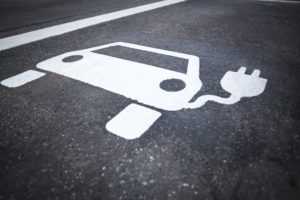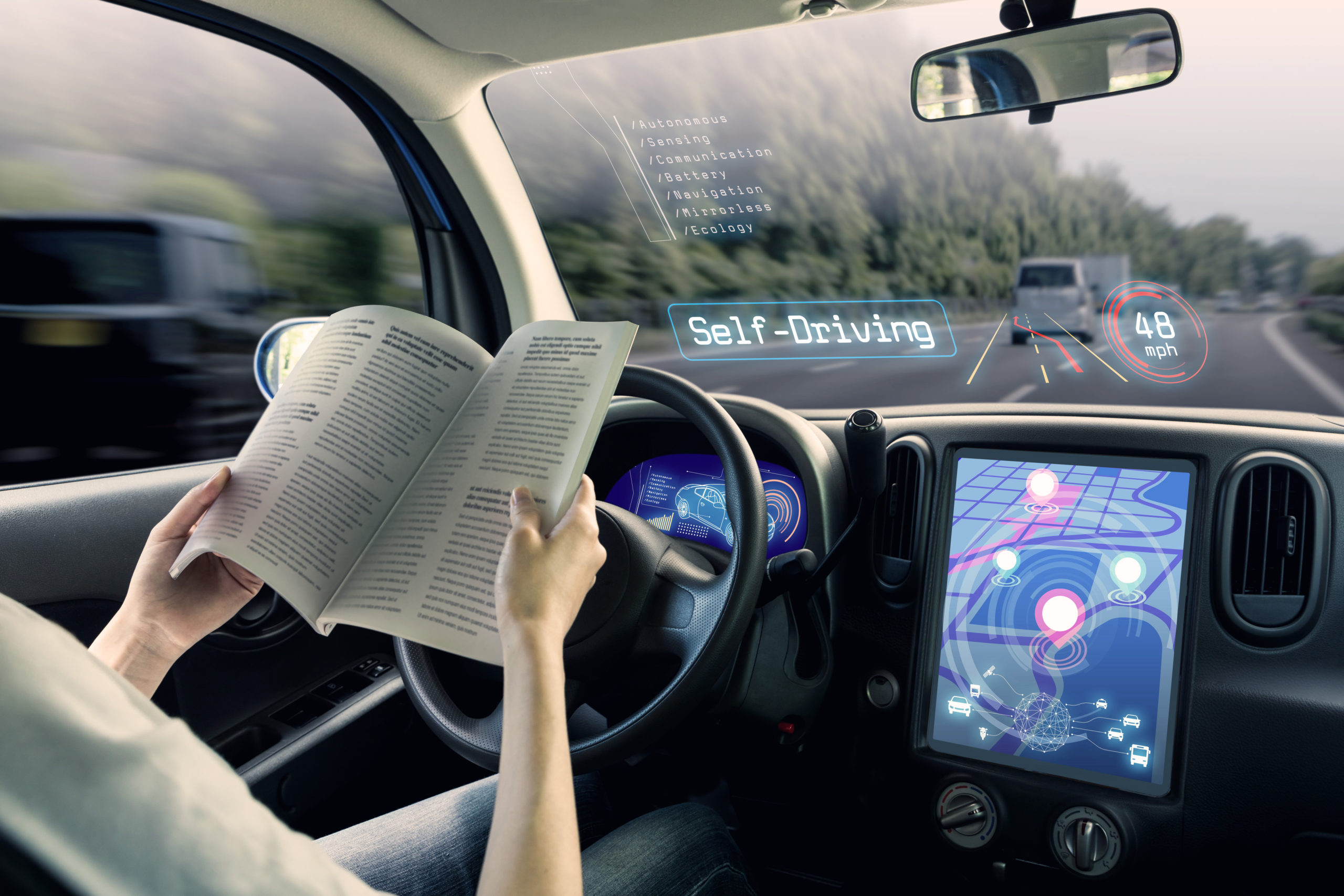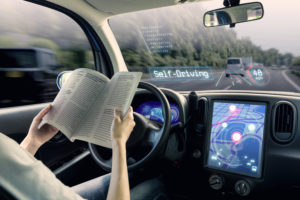Self-driving vehicles should ideally accomplish a few things: convenience for operators/owners of vehicles, cost reduction for commercial vehicles (no driver), and safer roads.
Safer roads with less or fewer accidents, if true, will significantly lower the risks traditionally associated with driving. In fact, the removal of the driver fundamentally alters the liabilities that insurance companies have spent almost a century covering. As liabilities and risks shift, how vehicles are insured and the costs of that insurance will change, disrupting a $300B+ industry and creating opportunities for innovation.

What is a driver-less car?
As the name suggests, it is an automated or self-driving car which will not need human supervision for navigating and can travel from one place to another on its own. Driver-less cars are the much anticipated product of the machine-driven future that we have always dreamt of. They are expected to add convenience to our lives with added efficiency. They are also known as autonomous cars or robotic cars.
The Safety Mechanism
With the progress in technology, the rate of collision-related fatalities has taken a steady dip. Though the addition of latest safety features have not brought any major change in the number of accidents that takes place, it has reduced the number of accident-related deaths significantly. Autonomous cars come with a number of safety and security features like lane assistance, self parallel parking, traffic jam assistance, and GPS. These features might actually cut down the car insurance rates. As insurance is all about bearing the risk, the addition of beneficial features might actually bring down the cost of buying an insurance policy.
Where are The Insurance Companies going to Stand in the Future?
While portions of the liability pool shift from personal to commercial in nature (i.e., product liability versus personal auto) the overall ‘size of the risk’ may not change dramatically. Rather, insurers will need to understand the risk posed by two drivers; one hum and one robotic.
As per a report published by consulting firm, McKinsey & Company, car accidents are going to decrease at a massive rate by the middle of this century. It is highly likely that it is going to have a negative effect on the insurance industry. Autonomous cars will bring down the price of the premiums as very few claims will be raised. Nevertheless, the need for liability insurance will still be there because driverless cars have the option to be driven manually as well. The coverage may vary though. Keeping this apart, the insurance companies might also face a huge dip in business as there will be a decrease in the need of theft protection coverage. With anti-theft features like ‘kill-switch’, which does not allow anyone other than the owner of the car to turn the ignition on, and state-of-the-art GPS tracking system, which allows the car to be tracked easily, the owners of such cars might not even demand for theft protection for their cars. Thus, the cost of premiums is also going to be cut down.
How Are Insurance Companies Going To Adapt To The Upcoming Changes?
Though it is hard to ascertain the exact effect of the autonomous vehicles on the auto insurance companies right now, it is safe to conclude that the change will be gradual and thus insurers will have time to adjust and react to the changes accordingly. As per some reports, there are three major areas where insurance providers can work in the future.
- Cyber security: As the cars are going to become more and more automatic, the incorporation of hardware and software will also rise eventually. Thus, the risks related to cyber-crimes like cyber theft, ransomware, hacking, and misuse of information related to automobiles might also rise.This is an area where auto insurers can start providing coverage in the near future.
- Product liability: A massive liability might arise because of failure of auto-related sensors and chips through software bugs, memory overflow, and algorithmic defects. These kind of liabilities can be covered by insurers.
- Infrastructure insurance: Factors like cloud server systems, signals, and other safeguards that will be put up for the protection of riders and drivers will offer a hefty annual revenue potential in premiums. The need to insure and secure the public infrastructure is likely to be vast, but government might ‘self-insure’ these risks and thus the opportunity for commercial insurance is likely to be lower.
In conclusion, we can say that a huge change is coming in the automobile as well as auto insurance industries, but the change can be positive.






